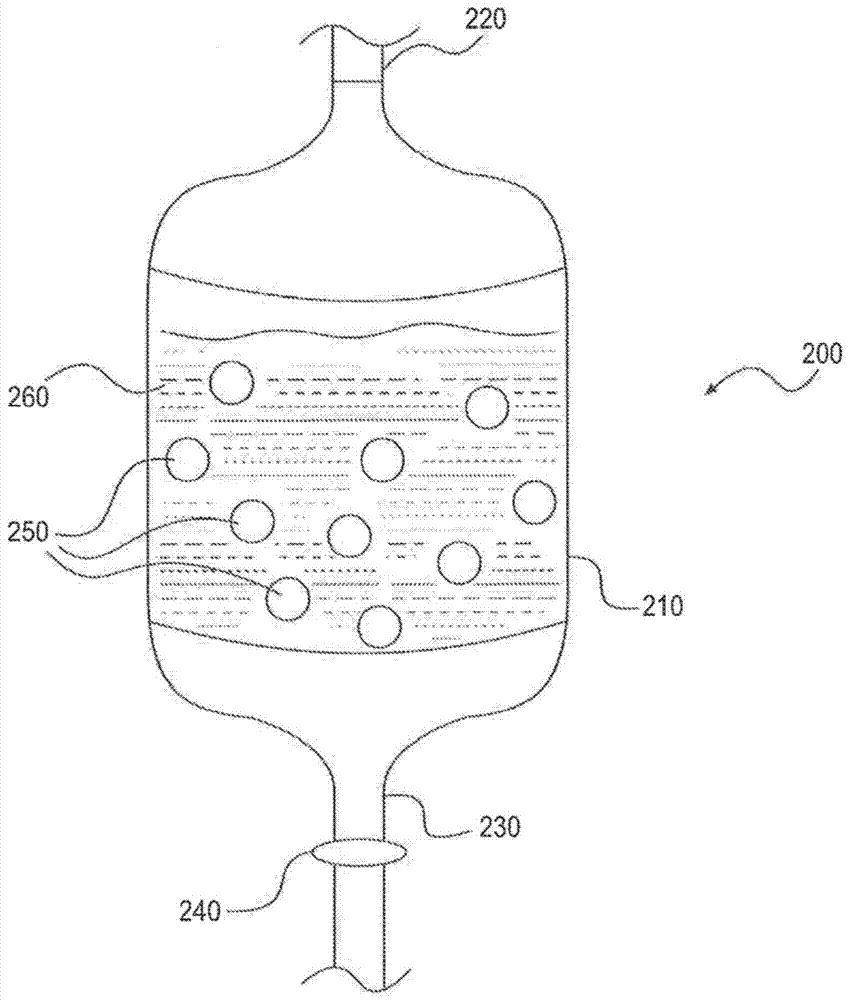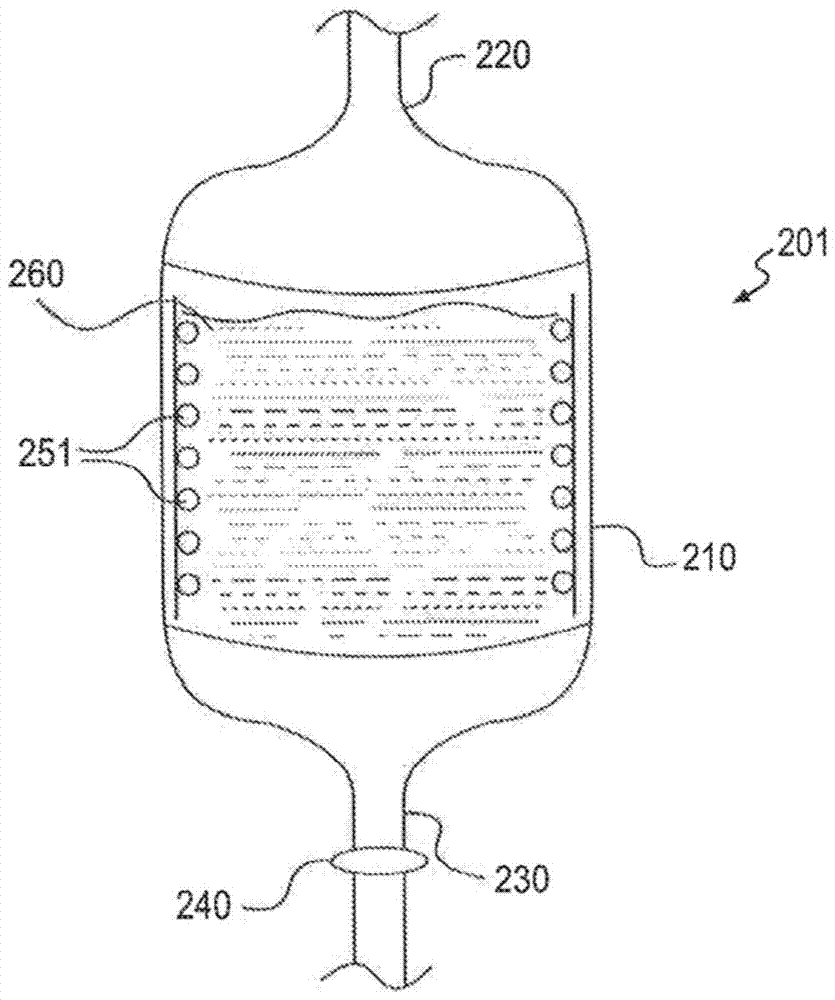Methods, compositions and devices for supplying dietary fatty acid requirements
A technology of free fatty acid and nutritional composition, which can be applied in the directions of edible oil/fat, edible oil/fat phase, drug combination, etc., and can solve problems such as inefficiency
- Summary
- Abstract
- Description
- Claims
- Application Information
AI Technical Summary
Problems solved by technology
Method used
Image
Examples
example 1
[0206] Example 1: Specific activity of lipase towards DHA and ARA
[0207] To evaluate the enzymatic activity of various lipases on DHA and / or ARA triglycerides, in two mL glass vials (with a magnetic stir bar) containing 0.1M Tris buffer, pH 7.7 and the substrate DHA or ARA triglycerides experiment in. The reaction was initiated by adding the lipase solution. Lipases were obtained from commercial sources as follows: Rhizopus oryzae (Amano DF-15, AmanoEnzymes Inc., Nagoya, Japan), Chromobacterium viscosus (EMD CalBiochem, EMD Biosciences, Billerica, MA) and Pseudomonas fluorescens (Amano AK, Amano Enzymes Inc., Nagoya, Japan). Other lipases are also available from commercial sources such as Candida rugosa (Amano AY 30 or Amano 30, Amano Enzymes Inc., Nagoya, Japan), Aspergillus niger (Amano DS, Amano Enzymes Inc., Nagoya, Japan), Penicillium salmonella casei (Amano 50, Amano Enzymes Inc., Nagoya, Japan), Rhizomucor miehei (L4277, Sigma-Aldrich), Aspergillus oryzae (62285, S...
example 2
[0211] Example 2: Enzymatic activity of Chromobacterium viscosus and Rhizopus oryzae lipases on DHA, ARA and EPA in infant formula
[0212] To assess the enzymatic activity of CV and RO lipases on DHA, ARA and EPA when supplemented to infant formula, by adding 10 g The powder was dissolved in 35 mL of water to prepare milk-based infant formula. Will contain substrate EPA, 0.1M Tris buffer, pH 7.7 and substrate 2.7mg DHA (Nu-check Prep, Inc. lot number T-310-D7-V) and 5.4mg ARA (Nu-check Prep, Inc. lot number T-295) infant formula into one mL glass vials (with magnetic stir bar). The reaction was initiated by the addition of enzyme (ie lipase); four concentrations of each enzyme were tested. The vial was transferred to a water bath at 37°C placed on a magnetic stirrer. 50 μl of each sample was obtained at different time points - 0, 10, 20, 30, 45 and 60 minutes, and added to an HPLC vial containing 950 μl of HPLC running buffer (30% 10 mM ammonium phosphate buffer, pH 3.0 a...
example 3
[0217] Example 3: Scaled-up hydrolysis of DHA triglycerides and ARA triglycerides
[0218] Lipase was evaluated for its ability to hydrolyze TG-DHA and TG-ARA when scaled up to amounts that could be used to supplement infant formula. Infant formula (milk) was prepared by dissolving 162 g of Enfamil powder in 648 mL of tap water (hot water, temperature 37°C). DHA triglycerides (442mg, final concentration of DHA 0.54g, 1.2% total fat) and ARA triglycerides (885mg, final concentration of ARA 1.08g, 2.4% total fat) and are mixed with infant formula before adding water. The reaction was carried out in a water bath with constant stirring. Fat hydrolysis was initiated by addition of CV or RO lipase. Formula samples were drawn at 0, 15 and 30 minutes and analyzed by RT-PCR for hydrolysis of DHA and ARA as described above. The results are shown in Table 3 below.
[0219] Table 3: TG-DHA and TG-ARA hydrolysis in infant formula
[0220]
PUM
 Login to View More
Login to View More Abstract
Description
Claims
Application Information
 Login to View More
Login to View More - R&D
- Intellectual Property
- Life Sciences
- Materials
- Tech Scout
- Unparalleled Data Quality
- Higher Quality Content
- 60% Fewer Hallucinations
Browse by: Latest US Patents, China's latest patents, Technical Efficacy Thesaurus, Application Domain, Technology Topic, Popular Technical Reports.
© 2025 PatSnap. All rights reserved.Legal|Privacy policy|Modern Slavery Act Transparency Statement|Sitemap|About US| Contact US: help@patsnap.com



